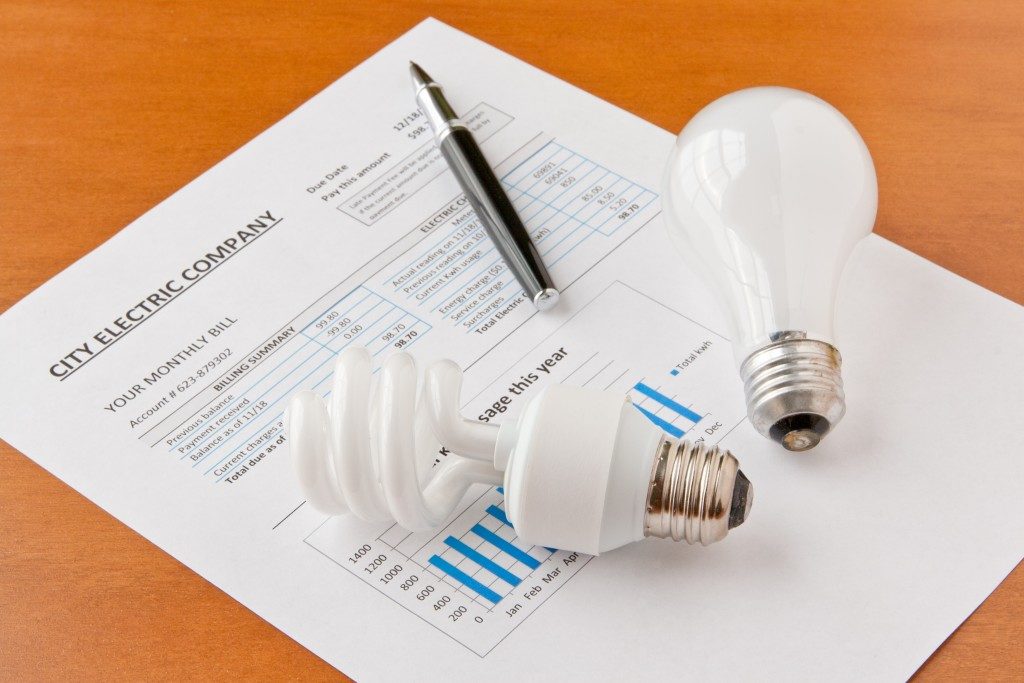Your house in Portland, Oregon will need heating and cooling for as long as it stays intact. This makes it important to design it to provide an acceptable reduction of the energy required to heat and cool it. While you can always take measures to save on energy bills, designing your home right guarantees the same with less effort. Hire an expert in building commissioning to help you with this. Designing an energy-efficient building can be achieved via a myriad of approaches, some of which are discussed below.
Be Careful with Building Orientation
The way you position your house, windows, doors, rooflines, and other important features will affect energy efficiency. You should consider wind, light, and sunrays when orienting your home. It is important to use a current sun path diagram. It should also be the right one for your location. Understand that trees, telephone poles, and other buildings are likely to obstruct passive solar gain. If you are erecting your house next to an undeveloped lot, you should consider how it is likely to affect your house once it is developed.
Use the Right Framing Materials
Different building materials perform differently when it comes to energy efficiency. Choosing the right materials for the frame is a step in the right direction. Concrete, for instance, is an exceptional eco-friendly material. It performs well when absorbing and retaining heat, which means lower HVAC costs. If you are in an urban area, concrete saves you from the heat-island effect because it reflects solar radiation. Before choosing any material, research how it performs as regards energy efficiency.
Insulate Properly

A lot of heat can escape through improperly insulated floors, walls, and roofs. Proper insulation helps with regulating temperatures inside your home. Insulation offers a tight seal to prevent heated internal air from escaping and cold outside air from entering the house. Insulation materials come in types such as structural insulated panels, insulated concrete, rigid foam, polystyrene, and fiberglass. Choose insulation materials according to your needs. To keep away pests and mold and cut out excessive noise, plant-based polyurethane rigid foam would be a good choice.
Install the Right HVAC Unit
Choosing an efficient HVAC system is a critical design consideration. It is true that replacing the unit in the future would be possible. However, installing the right one from the onset helps save on energy costs. You will also not suffer losses and inconveniences replacing the unit in the future. Consider adding control features such as weather compensators and thermostats. It pays to invest in energy-efficient light fixtures.
Invest in Eco-friendly Outdoor Spaces
Understand that outdoor spaces play an important role in the energy efficiency of a home. You should be careful to engineer the landscape around your house appropriately. It is advisable to plant deciduous trees because they will provide shade during summer. Since they shed their canopies in autumn, they will allow heat from the winter sun. It is advisable to use plants native to your region for enhanced sustainability.
Designing an energy-efficient home is not for everyone. Fortunately, most specialists in building commissioning can help. Since only seasoned service providers can deliver, be careful when hiring the right commissioning engineers.




